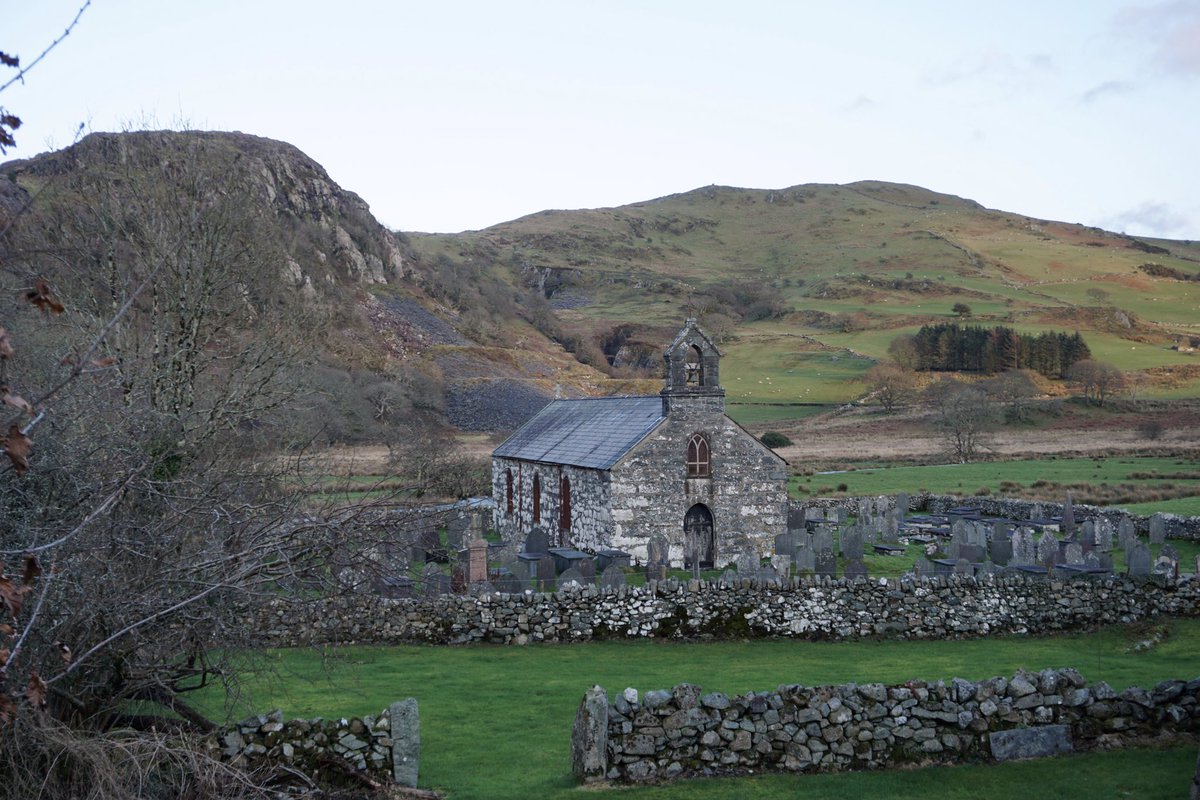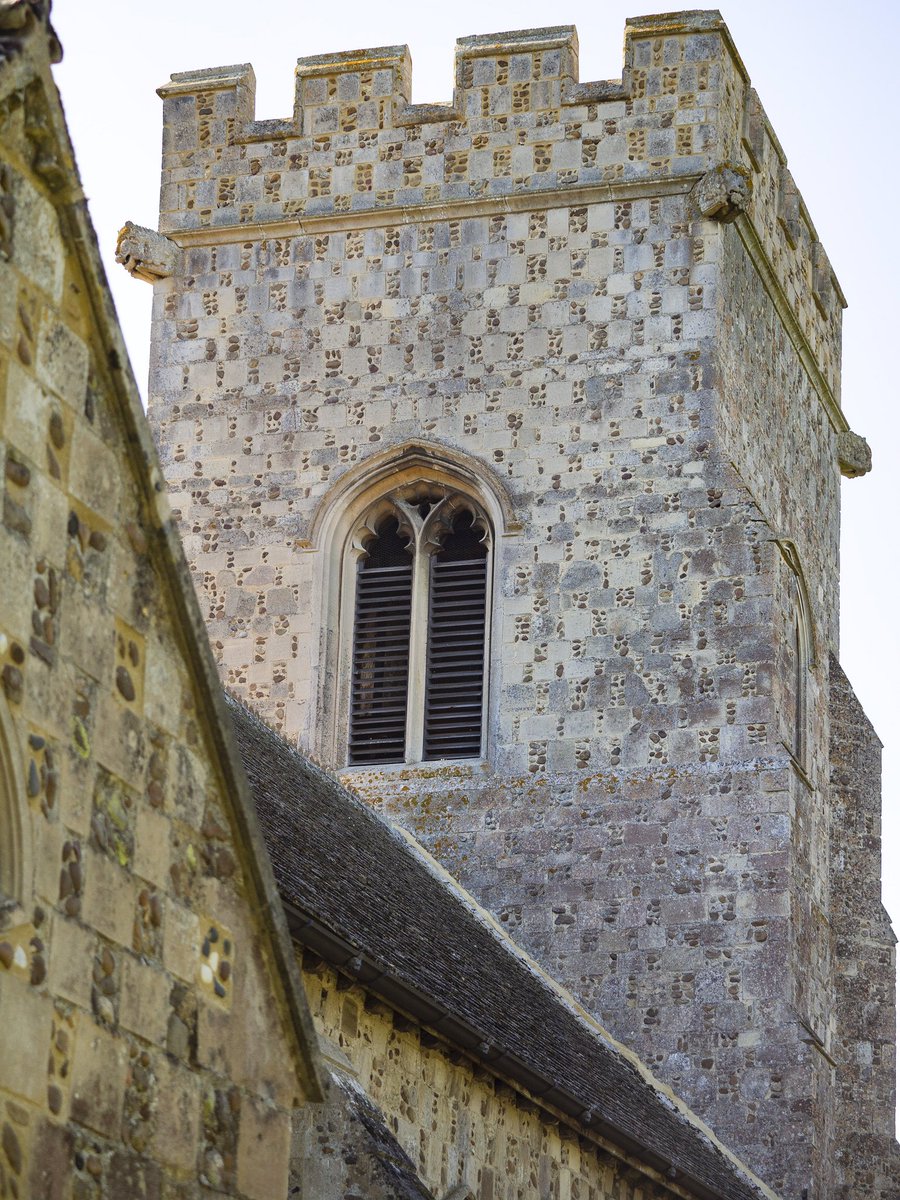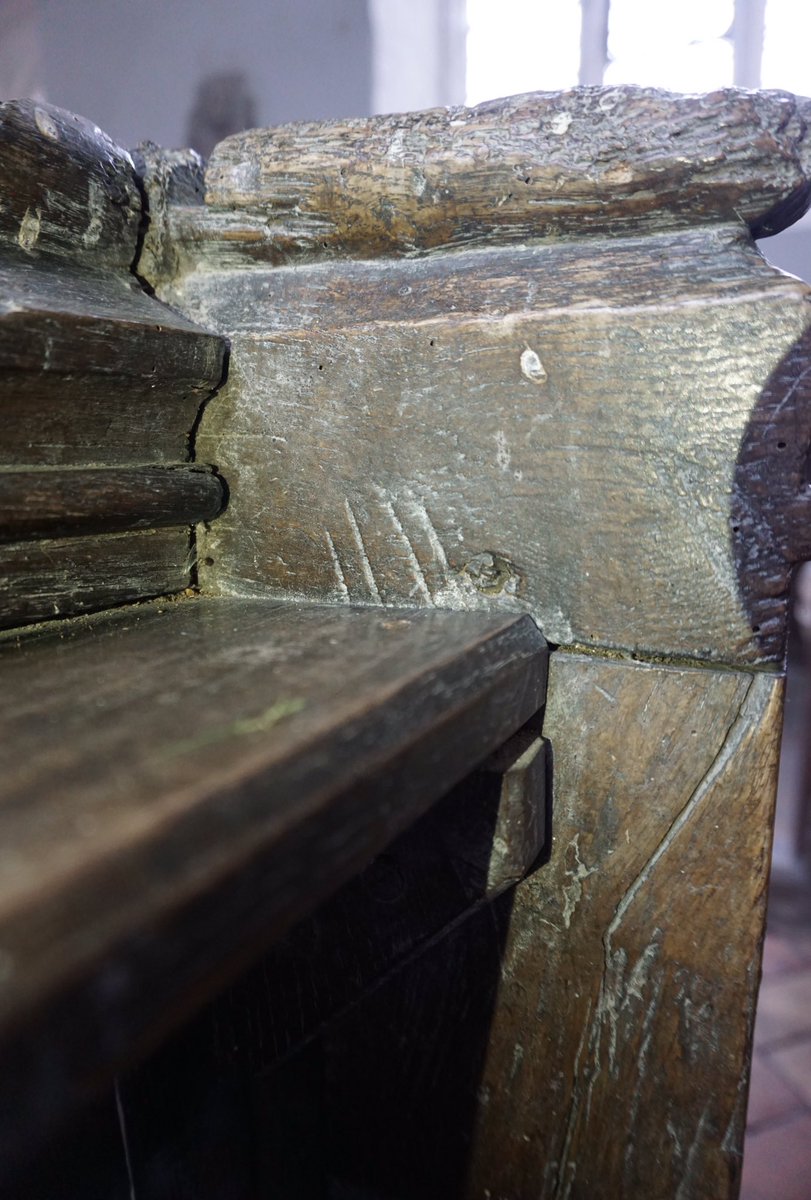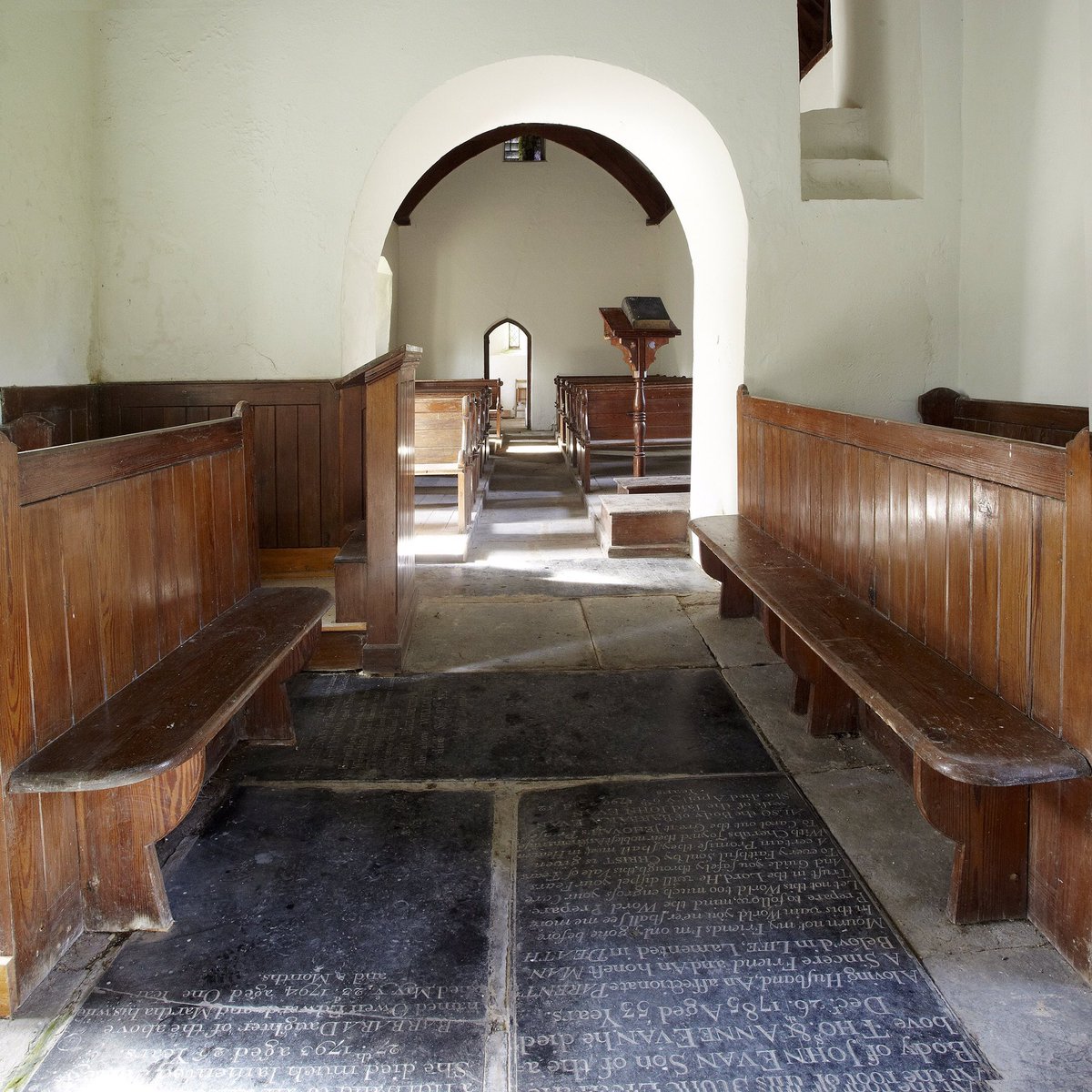
When a deathwatch beetle is in the mood for love, it bumps its head off the furniture. These beetles like to chomp through woodwork, and the bumping is their mating call through the tunnels in the woodwork. In the past, however, their tapping was thought to herald death.
#thread
#thread
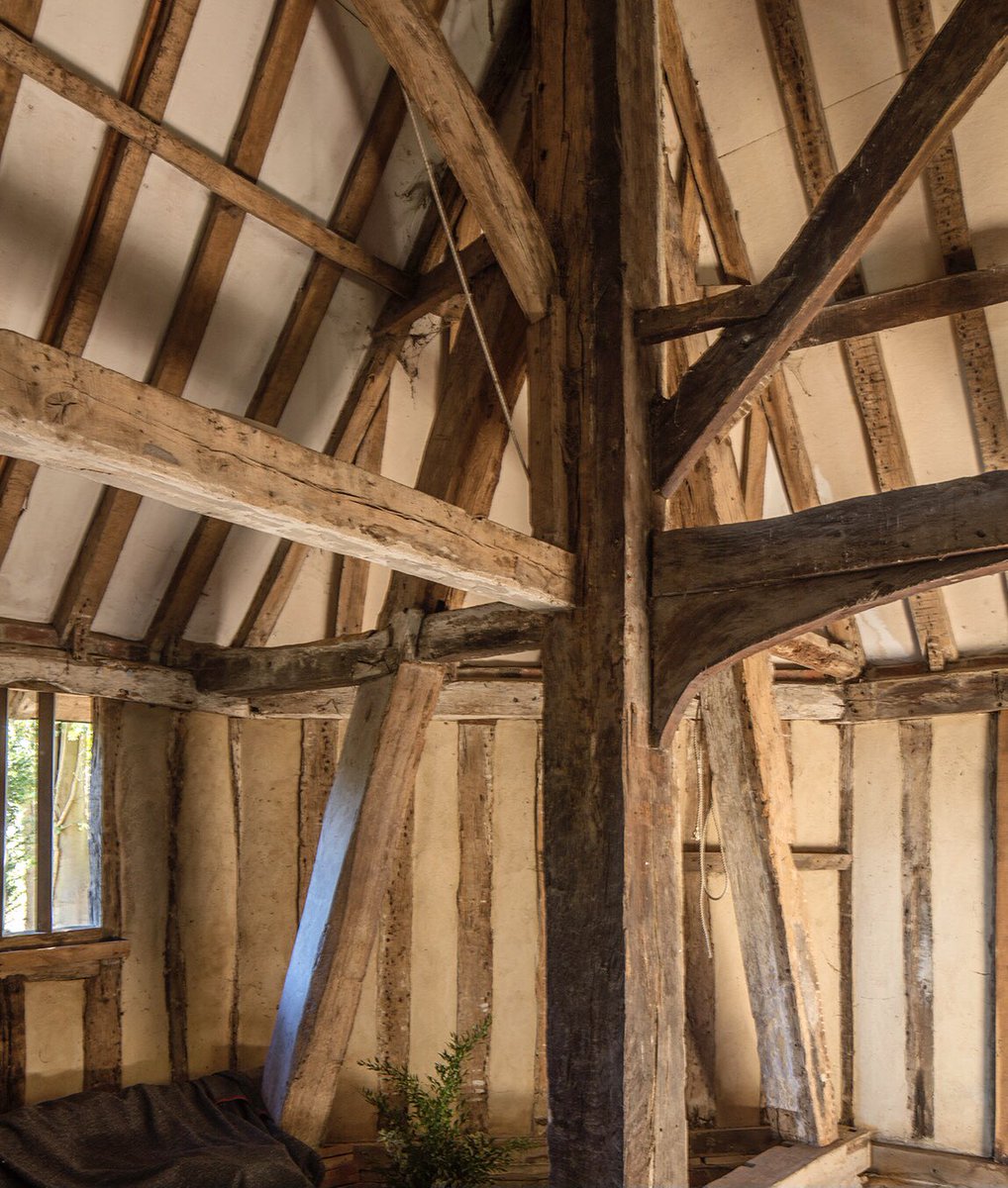
This belief developed from sick rooms, where, in the long hours and stillness, those watching the dying heard the beetles tap out their cry for companionship from the long and lonely tunnels within the furniture.
#Folklore
2/
#Folklore
2/
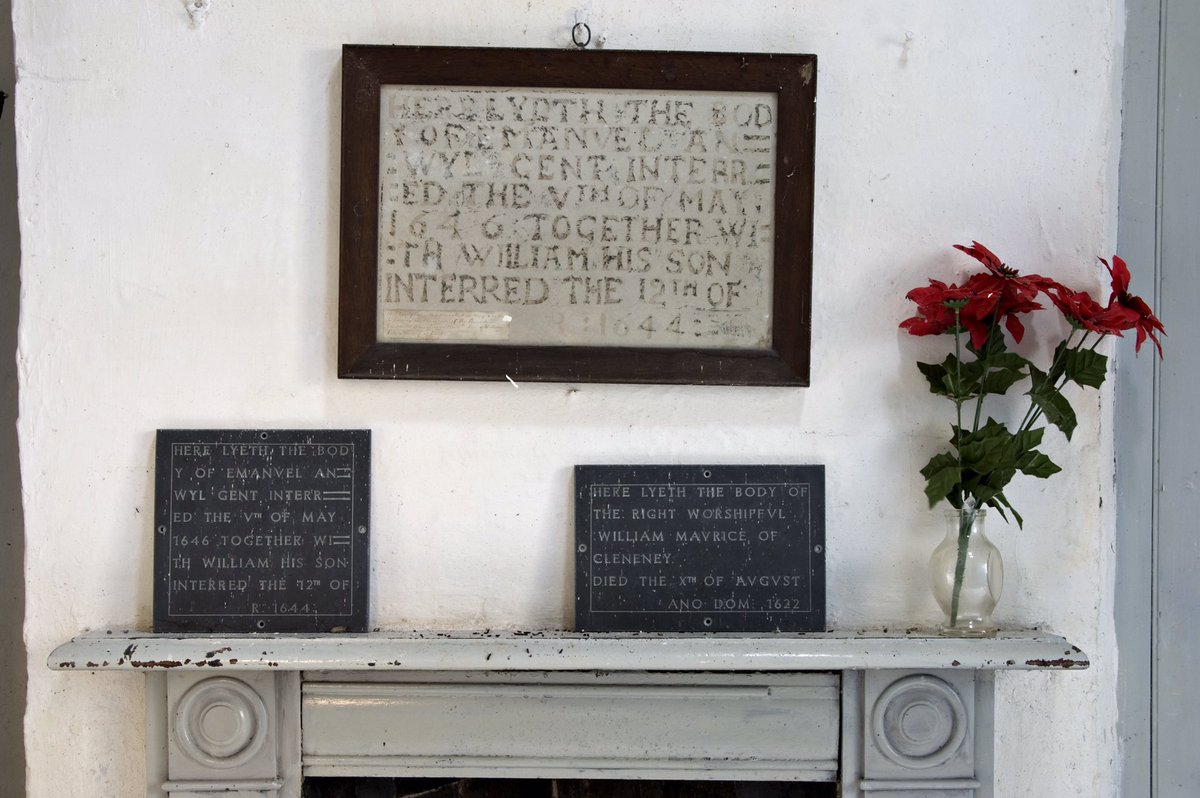
When death hung in the air, it’s easy to understand how the watchers associated this sound with death knocking, or time ticking down… And hence, these tiny insects, earned the name, deathwatch beetle.
📸: Gilles San Martin, CC BY-SA 3.0
3/
📸: Gilles San Martin, CC BY-SA 3.0
3/

From Jonathan Swift’s 1825 poem, “Wood, an Insect”:
With Teeth or with Claws it will bite or will scratch,
And Chambermaids christen this Worm a Death-Watch:
Because like a Watch it always cries Click:
Then Woe be to those in the House who are sick
4/
With Teeth or with Claws it will bite or will scratch,
And Chambermaids christen this Worm a Death-Watch:
Because like a Watch it always cries Click:
Then Woe be to those in the House who are sick
4/
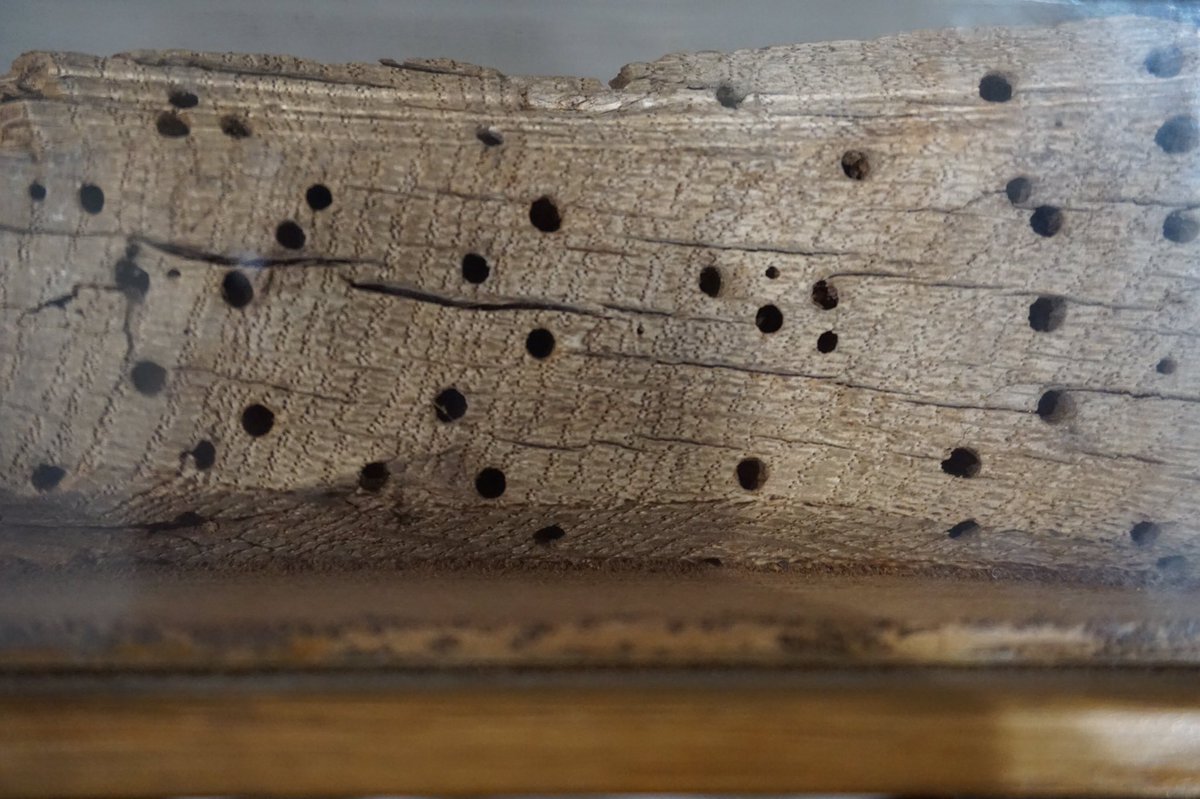
The deathwatch beetle is popular in literature, capturing tension, fear and anticipation. It can evoke similar feelings in the bones of conservators. The larvae like to munch their way through hardwood – they’ve a particular penchant for damp and decayed wood.
5/
5/
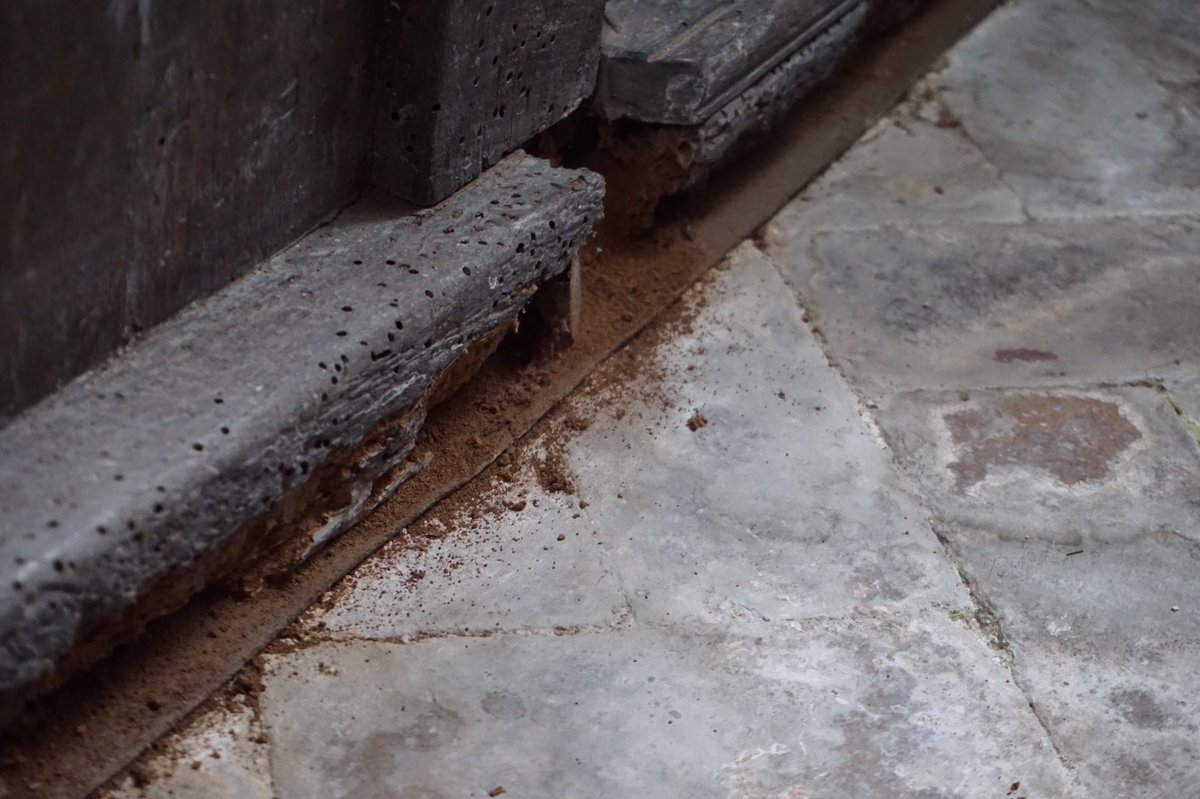
Depending on conditions, these larvae can live for up to twelve years… their voracious appetites leaving your timber with spectacular vermiculated finish… and stripping it of all structural integrity. The damage can be quite devastating.
6/
6/
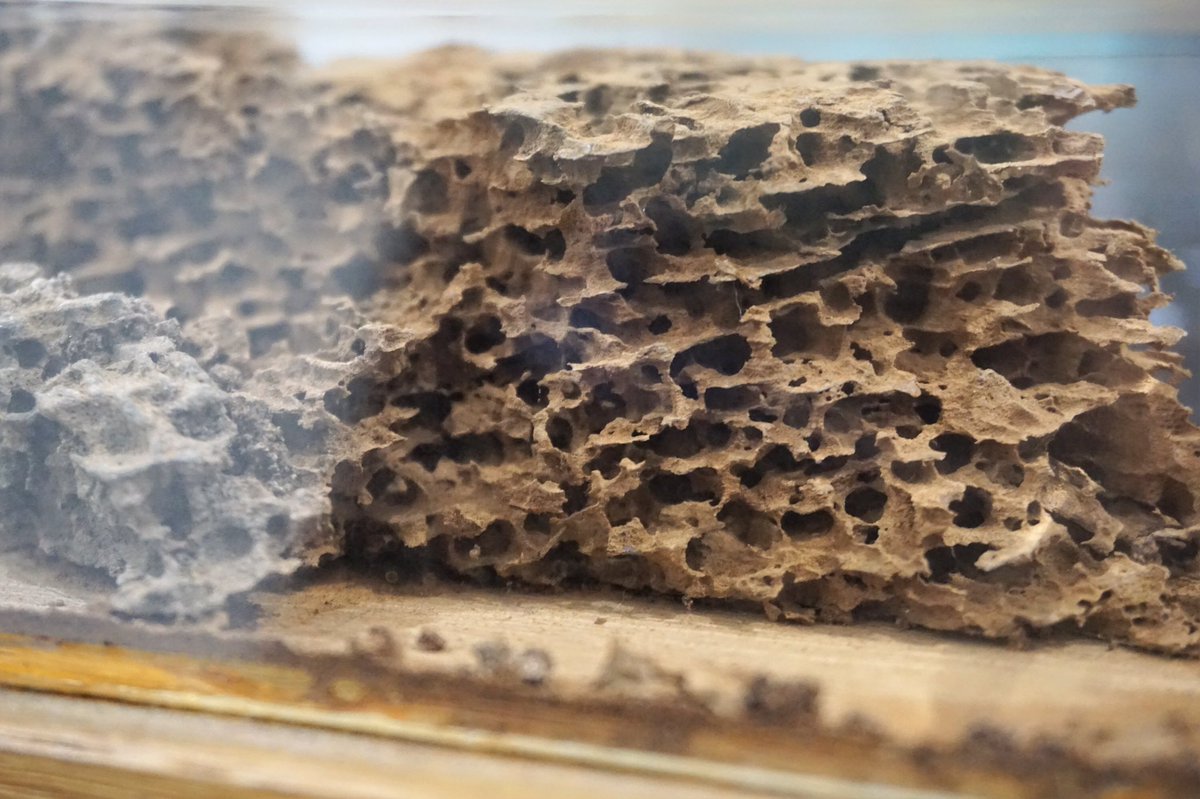
It’s possible to apply a treatment that will clear the infestation, but these have limited efficacy. It’s better to tackle the root cause of the problem, which, in the case of old churches, means tackling issues of water ingress, damp and ventilation.
7/
7/
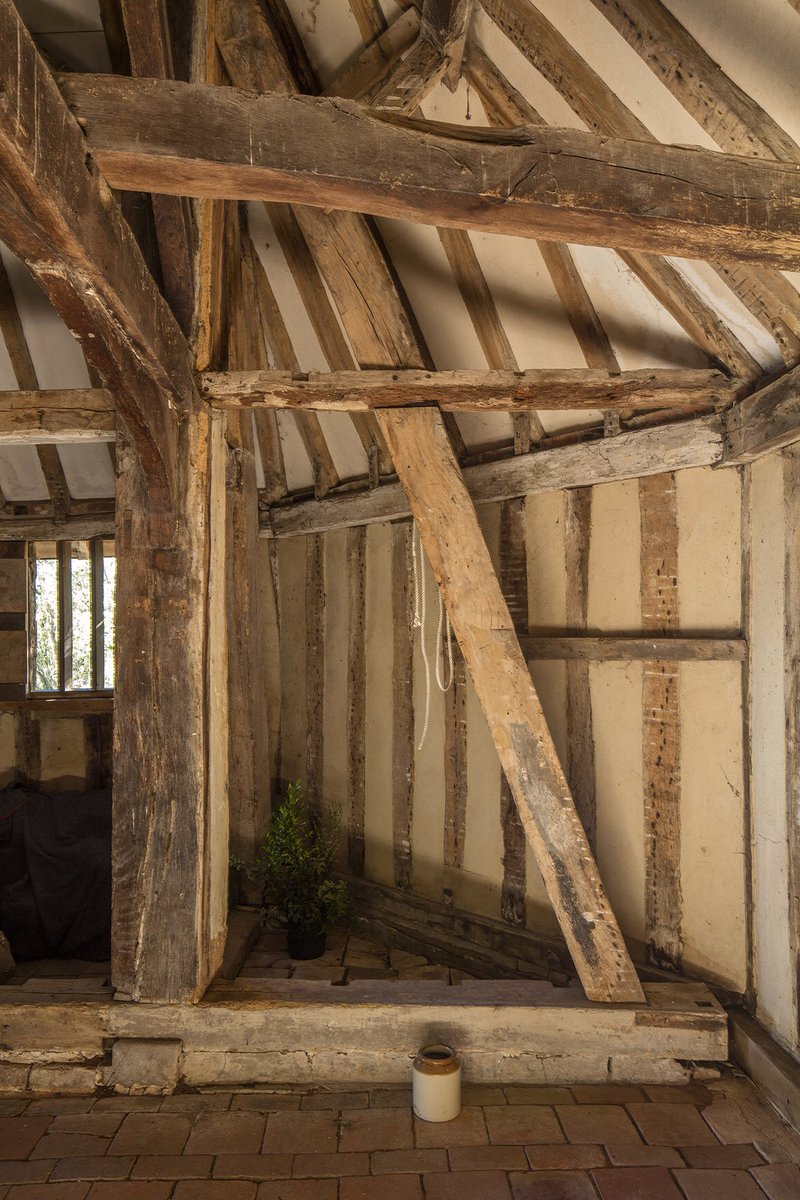
Bonus tweet: I keep a scrap of wormy timber from one of the first churches the Friends saved in a little display box on my desk - handed down from the founder of the the Friends. 

• • •
Missing some Tweet in this thread? You can try to
force a refresh

